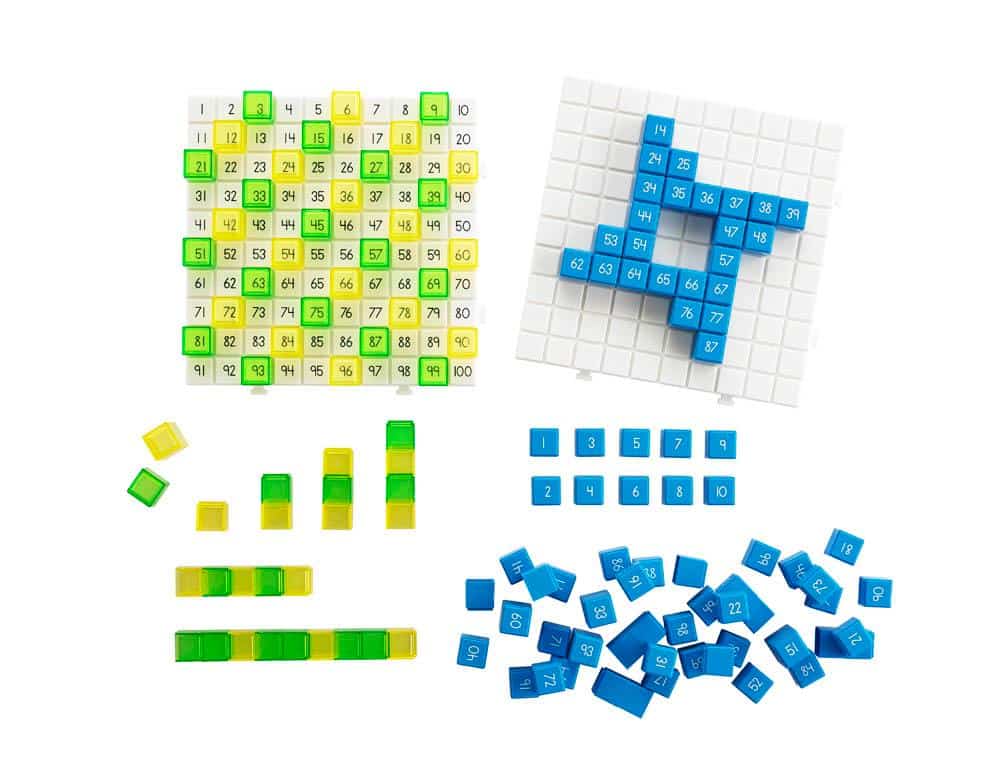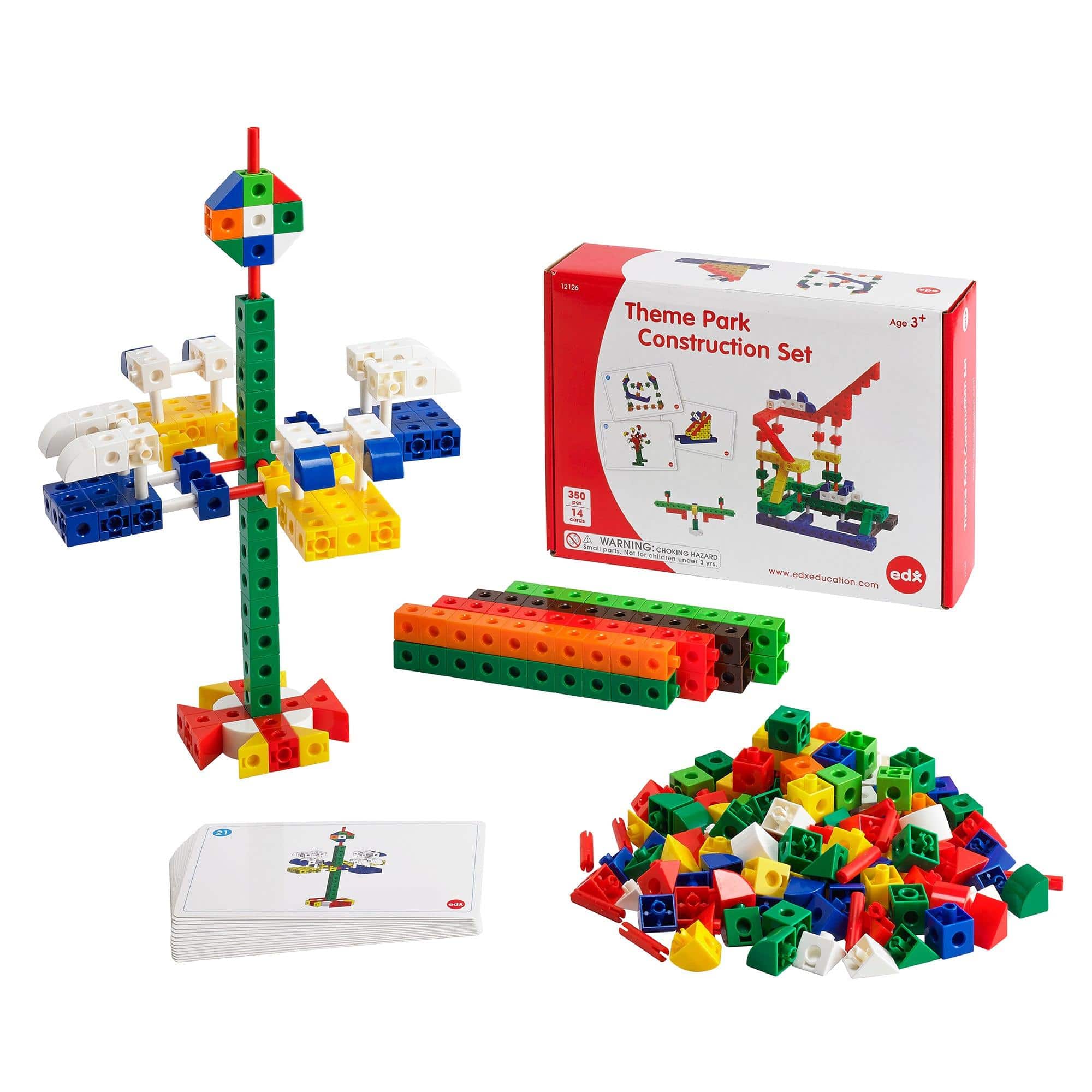The Connection Between Toys and Resilience in Children
Introduction
Children are often considered the most resilient beings. They bounce back from minor setbacks and adapt to new situations with surprising ease. But have you ever wondered what contributes to the development of resilience in children? It might surprise you to learn that the toys they play with can play a significant role in fostering this essential trait.
Why Resilience Matters
Resilience is the ability to recover from adversity, cope with challenges, and adapt in the face of change. It is a foundational skill that helps children navigate life’s ups and downs with confidence and overcome obstacles in their path. Research has shown that resilient children are more likely to become successful, well-adjusted adults.
The Impact of Toys on Resilience
When it comes to building resilience in children, toys are not just playthings. They serve as powerful tools that stimulate imagination, creativity, problem-solving, and emotional intelligence. The right toys can provide opportunities for children to develop and practice resilience in a safe and controlled environment. Here are some key features to look for in toys that can promote resilience:
1. Open-Ended Play
- Toys that allow for open-ended play foster creativity and independent thinking. They encourage children to come up with their own ideas, solve problems, and adapt their play scenarios as needed.
2. Building and Construction Sets
- Building and construction toys, such as blocks and LEGO sets, promote resilience by requiring patience, persistence, and problem-solving skills. Children learn to overcome challenges and envision different possibilities as they piece together structures.
3. Pretend Play
- Pretend play toys, like dolls, action figures, or kitchen sets, allow children to explore different roles and situations. They engage in imaginative play, practicing empathy, communication, and adaptability as they navigate various scenarios.
4. Puzzle and Strategy Games
- Puzzles and strategy games teach children how to persistently work towards a goal, strategize, and find solutions. They develop problem-solving skills and resilience by learning from trial and error.
5. Sensory Toys
- Sensory toys, such as playdough, sensory bins, or tactile puzzles, help children regulate emotions, manage stress, and enhance concentration. They provide a calming effect and help children develop resilience by learning to stay focused and adapt to different sensory experiences.
Conclusion
Toys have a profound impact on children’s development, and their influence on resilience should not be overlooked. By providing children with the right toys, we can help them build the skills necessary to navigate life’s challenges with strength and resilience. Whether it’s open-ended play, building sets, pretend play, puzzle games, or sensory toys, each play experience contributes to their overall development and shapes their ability to bounce back from adversity. So, when it comes to choosing toys for your children, think beyond entertainment and consider the long-lasting benefits they can offer in fostering resilience.


